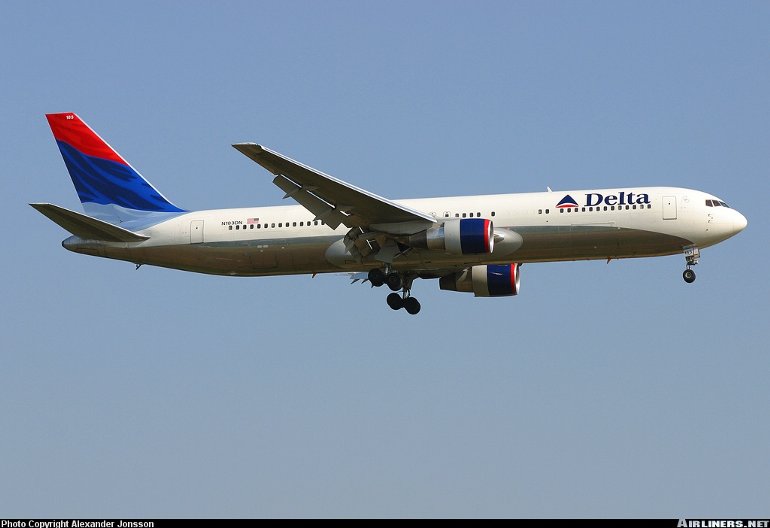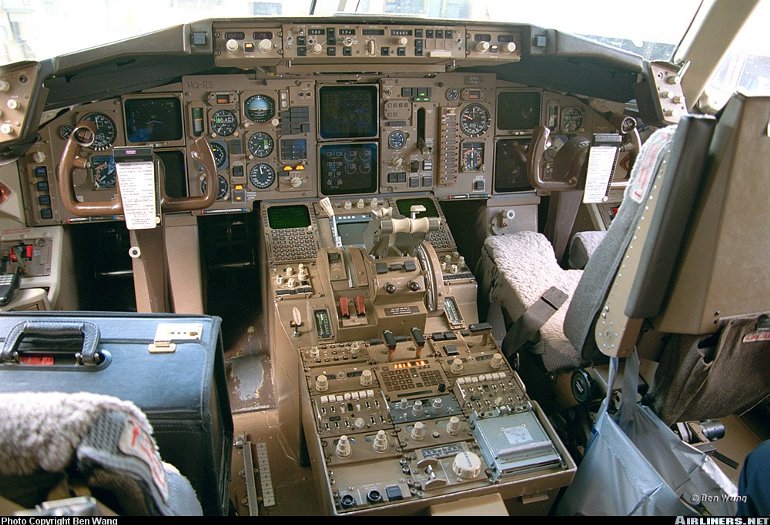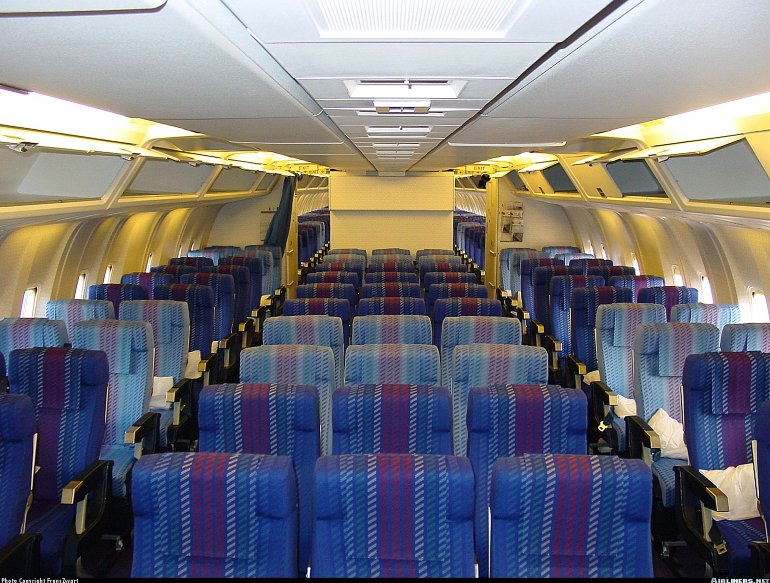Aircraft Technical Data
Boeing 767-300



| Details | |
| Country of Origin | United States of America |
| Type | Medium to long range widebody airliner |
| History | Boeing announced that it was developing a stretched development of the 767-200 in February 1982. The resulting 767-300 features a 6.42m (21ft 1in) stretch consisting of fuselage plugs forward (3.07m/10ft 1in) and behind (3.35m/11ft) the wing centre section. The flightdeck and systems were carried directly over from the 767-200, the only other changes were minor, and related to the increased weights of the new version. Initially the max takeoff weight was the same as the later 767-200ER. The 767-300 flew for the first time on January 30 1986, and was awarded certification and entered service in September that year. The higher weight Extended Range ER version flew on December 19 1986, while RollsRoyce RB-211-524G engines became available from 1989. The range of the 767-300ER has proven to be very popular with a number of airlines using them for long range low density flights. In 1993 Boeing launched the 767-300F General Market Freighter. Changes include strengthened undercarriage and wing structure, a cargo handling system, no cabin windows and a main deck freight door. Capacity is 24 containers. The further stretched 767-400 is described separately. |
| Powerplants | Two 213.5kN (48,000lb) Pratt & Whitney JT9D-7R4 turbofans or 222.4kN (50,000lb) JT9D-7R4Es, or 222.4kN (50,000lb) PW-4050, or 233.5kN (52,000lb) PW-4052s, or 213.5kN (48,000lb) General Electric CF6-80As or 213.5kN (48,000lb) CF6-80A2s, or 231.3kN (52,500lb) CF6-80C2B2s, or 257.5kN (57,900lb) CF6-80C2B4Fs, or 269.9kN (60,000lb) RollsRoyce RB-211-524Gs. 767-300ER - Same options or 252.4kN (56,750lb) PW-4056s or 266.9kN (60,000lb) CF6-80C2B6s, or two PW-4060 rated at 60,000 lbs MTO |
| Performance | Max cruising speed 900km/h (486kt), economical cruising speed 850km/h (460kt). Higher gross weight version range with design payload and PW-4050s 7835km (4230nm), with CF6-80C2B2s 7890km (4260nm). 767-300ER - Range with design payload with PW-4060s 10,880km (5875nm), with CF6-80C2B4Fs 10,195km (5505nm). |
| Weights | 767-300 - Empty with PW-4050s 79,560kg (175,400lb), with CF6-80C2B2s 79,379kg (175,000lb). Operating empty with PW-4050s 87,135kg (192,100lb), with CF6-80C2B2s 86,955kg (191,700lb). Higher gross weight version max takeoff with PW-4050s or CF6-80C2B2s 159,210kg (351,000lb). 767-300ER - Empty with PW-4060s 81,374kg (179,400lb), with CF6-80C2B4s 80,603kg (177,700lb). Operating empty with PW-4060s 90,535kg (199,600lb), with CF6-80C2B4s 90,175kg (198,800lb). Max takeoff with PW-4060s 181,890kg (401,000lb), with CF6-80C2B4Fs 175,540kg (387,000lb) |
| Dimensions | Wing span 47.57m (156ft 1in), length 54.94m (180ft 3in), height 15.85m (52ft 0in). Wing area 283.3m2 (3050sq ft). |
| Capacity | Flightcrew of two. Typical three class layout for 210, two class 269 (24 premium & 245 economy seven abreast) max seating for 350 at eight abreast. Underfloor capacity for 20 LD2s. |
| Production | 652 767-300s (including ERs) had been ordered by late 2002, of which 607 had been delivered. |
| Related Links | Boeing 767-300 |
The backbone of this section is from the The International Directory of Civil Aircraft by Gerard Frawley and used with permission. To get your own copy of the book click here. |
|








